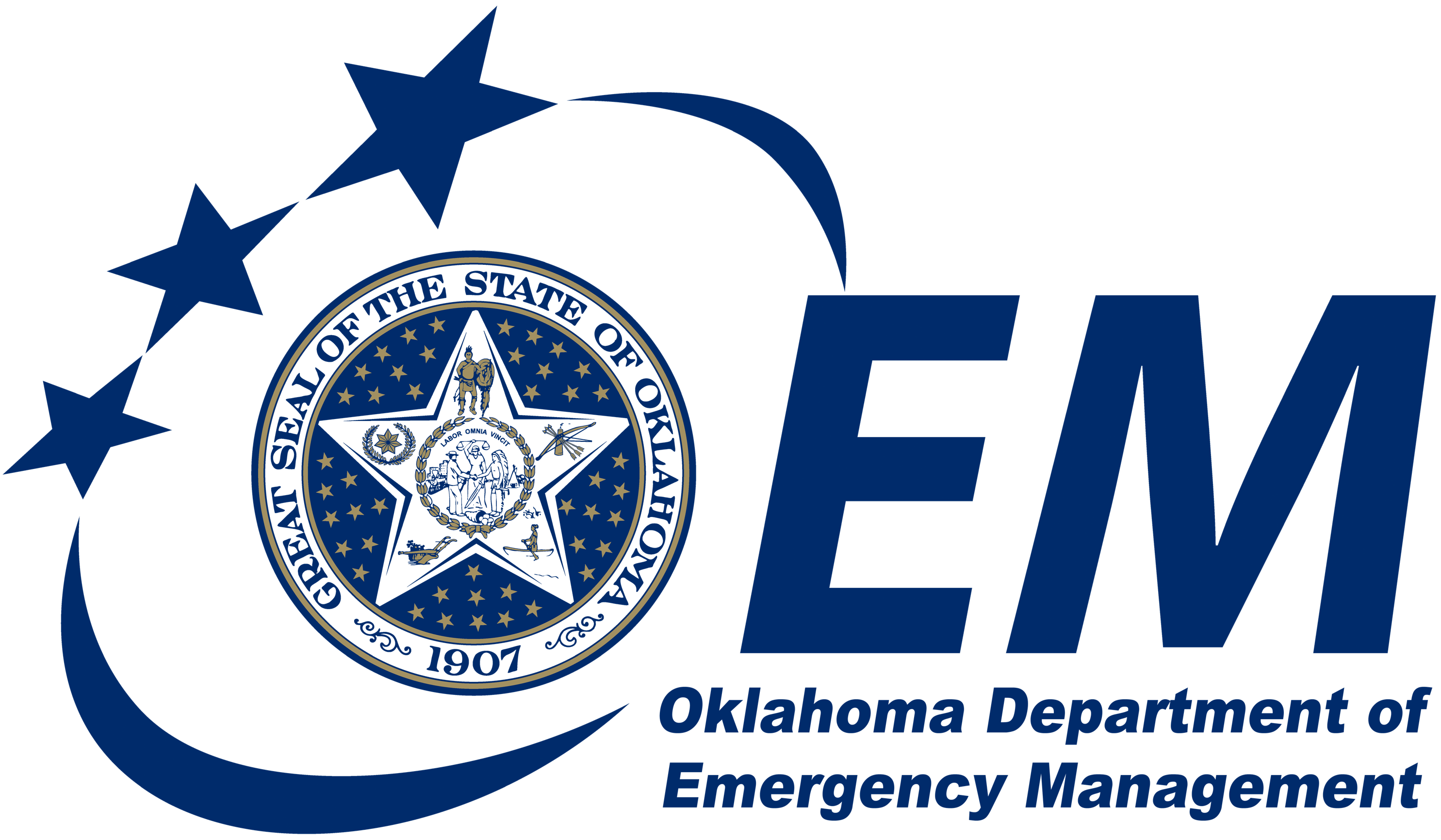Winter Weather
Falling snow and accumulating ice can create a beautiful, winter wonderland! But you'll probably only enjoy it if you're warm and society hasn't come to a standstill around you...
A winter storm can:
- Last a few hours or several days
- Cut off heat, power and communication services
- Put older adults, children, sick individuals and pets at greater risk
- Cause damage to your home or vehicle
Winter storms create a higher risk of car accidents, hypothermia, frostbite, carbon monoxide poisoning and heart attacks from overexertion as they bring extreme cold, freezing rain, snow, ice and high winds.
But don't fret! #YouCan prepare your home, automobile and family to deal with the colder temperatures, as well as the possibility for snow and ice, with the tips below:
Before traveling make sure to prepare your vehicle. Packing blankets, emergency food and water, flashlights, a radio and cell phone with extra batteries will help you and your family, should you become stranded because of the weather.
Always heed the warnings of law enforcement and transportation officials regarding road conditions and refrain from traveling when road conditions warrant. If you must travel during a snow or ice event, allow extra time to reach your destination, and make sure you have plenty of fuel. Be particularly cautious on bridges and overpasses as they will be the first to freeze. Also, stay back at least 200 feet behind salt and sand equipment in order to stay safe.
Protect your home with weather stripping and insulation. Keep furnaces clean and ready to use, and be aware of cold temperatures and vulnerable pipes that might freeze and how to keep them from freezing. These small actions could potentially save you from major and costly winter weather-related damage.
Below are some additional winter weather preparedness tips. For more information on how to cope with winter weather, contact your local emergency manager.
Be Aware:
- Know what winter storm and blizzard watches and warnings mean.
- An NWS Winter Storm watch is a message indicating that conditions are favorable to a winter storm.
- An NWS warning indicates that a winter storm is occurring or is imminent.
- A blizzard warning means sustained winds or frequent gusts to 35 mph or greater and considerable falling or blowing snow are expected to prevail for a period of three hours or longer.
- Stay informed regarding hazardous winter weather conditions from a reliable weather information source like NOAA All Hazards Weather Radio and on local radio and television stations.
Plan for a Winter Storm:
- Develop a Family Disaster Plan for winter storms. Discuss with your family what to do if a winter storm watch or warning is issued. Everyone should know what to do in case all family members are not together when a winter storm hits.
- Understand the hazards of wind chill. A strong wind combined with a temperature of just below freezing can have the same effect as a still air temperature of 35 degrees or colder.
- Check on family, friends and neighbors, especially the elderly. Make sure they are prepared.
- Don’t forget about the pets. Make sure they have good food and water supplies and a place to seek shelter.
- Have your car winterized by checking antifreeze, washer blades, tire pressure, etc.
Extreme Cold Exposure
Prolonged exposure to the cold can cause frostbite, hypothermia, and death. Infants and the elderly are most susceptible to extreme cold.
Frostbite occurs when the skin becomes cold enough to actually freeze. A loss of feeling and a white or pale appearance in extremities, such as fingers, toes, ear lobes, or the nose are symptoms of frostbite.
Hypothermia (low body temperature) can occur during longer periods of exposure when the body temperature drops below 95 F. A person will become disoriented, confused, and shiver uncontrollably, eventually leading to drowsiness and apparent exhaustion. In severe cases, death is possible. The following tips can help decrease the risk of cold exposure:
- Wear layered clothing outdoors for better protection from the cold. Wear a cap to prevent rapid heat loss from an uncovered head. Cover exposed skin to prevent frostbite.
- While indoors, try to keep at least one room heated to 70 F. This is especially important for the elderly and small children to prevent hypothermia.
- Sleep warm with extra blankets, a warm cap, socks and layered clothing.
- Avoid fatigue and exhaustion during cold weather. Overexertion, such as shoveling snow or pushing a car, can strain your heart.
- Carry extra clothing, blankets and high energy snacks, such as cereal or candy bars in your car for protection if car stalls. Keep the gas tank near full to prevent icing.
- Check daily on elderly friends, relatives and neighbors who live alone.
- The elderly and very young should stay indoors as much as possible. Offer to shop for elderly friends and relatives. Just like in the summer with heat, it takes some time to get acclimated to cold weather.
If You Must Go Out During a Winter Storm:
The best way to stay safe in a snowstorm is not to be out in it. Long periods of exposure to severe cold can result in frostbite or hypothermia. It is easy to become disoriented in blowing snow.
- If you go out to shovel snow, do a few stretching exercises to warm up your body. This will reduce your chances of muscle injury.
- Avoid overexertion, especially with activities such as shoveling heavy snow, pushing a car or walking in deep snow.
- Walk carefully on snowy, icy sidewalks. Slips and falls occur frequently in winter weather, resulting in painful and sometimes disabling injury.
- Dress in many layers, including a hat and mittens or gloves.
- Come inside often for warm-up breaks.
- If you start to shiver or get very tired, or if your nose, fingers, toes, or ear lobes start to feel numb or turn very pale, come inside right away and seek medical assistance. These are the signs of hypothermia and frostbite and need immediate attention.
- Let someone know your destination, your route and when you expect to arrive.
- If you get stranded, stay with your vehicle and hang a brightly colored cloth (preferably red) on the radio antenna and raise the hood (after snow stops falling).
Make sure your Car Emergency Kit includes:
- A cell phone with extra battery or two-way radio
- Windshield scraper and small broom for ice and snow removal
- Several blankets or sleeping bags
- Rain gear and extra sets of dry clothing, mittens, socks and a cap
- Non-perishable snacks like canned fruit, nuts and other high energy “munchies.” ----Include non-electric can opener if necessary.
- Several bottles of water. Eating snow will lower your body temperature. If necessary, melt it first.
- A small sack of sand or kitty litter for generating traction under wheels and a set of tire chains or traction mats.
- Jumper cables
- A first aid kit
- A flashlight with extra batteries
- A brightly colored cloth to tie to the antenna if you get stranded.
If You Must Drive in a Storm:
Remember, the leading cause of death during winter storms is vehicle crashes. If at all possible, stay home during winter storms. If you know you will need to travel, prepare your vehicle and know how to react if you are stranded on the road.
- Check your local weather, as well as the weather along your route and at your destination. Check local media for event closings and cancellations. Remember, conditions can deteriorate quickly in a winter storm.
- Check for weather-related road conditions through the Oklahoma Department of Transportation's map here.
- Make sure you have plenty of fuel; a good rule of thumb is to keep your fuel tank at least half full
- Always wear your seat belt
- In ice or snow, take it slow; allow ample time to reach your destination
- Bring a cell phone with an emergency roadside assistance number (In case of emergency, you can call the Oklahoma Highway Patrol at *55 or 911)
- Remember that bridges and ramps will be the first to freeze
Protect Your Property:
- Install and check/replace batteries in smoke alarms.
- Make sure your home is properly insulated. If necessary insulate walls and attic. Caulk and weather-strip doors and windowsills.
- Install storm windows or cover windows with plastic from the inside.
- To keep pipes from freezing, wrap them in insulation or layers of old newspapers (Cover the newspapers with plastic to keep out moisture)
- Let faucets drip a little to avoid freezing.
- Know how to shut off water valves.
- Consider storing extra heating fuel.
- Keep safe emergency-heating equipment, such as a fireplace with wood. Always be cautious in using a portable space heater and never leave the heater on when you are not in the room or when you go to bed.
- If you have a generator, take the time now to complete any required maintenance.
- Before using the generator, make sure you follow instructions from a licensed electrician to include proper ventilation to avoid carbon monoxide poisoning.
Carbon Monoxide Poisoning:
When temperatures fall and power goes out, the possibility of carbon monoxide (CO) poisoning rises as people try to stay warm. Invisible, odorless and tasteless, CO is a highly poisonous gas produced by the burning of fuel such as gasoline, natural gas, kerosene, charcoal or wood. Unvented or faulty gas and kerosene appliances have the greatest potential to produce dangerous levels of CO in a home. Smoldering or poorly vented fireplaces, slow-burning fuels such as charcoal and vehicle exhausts also are potential indoor hazards. Take these precautions:
- Look at the color of the flame. A hot blue flame produces less CO and more heat than a flickering yellow flame. If you see yellow flames in your furnace or stove burner, it should be adjusted so that the flame is blue.
- Don’t use an unvented gas or kerosene heater in closed spaces, especially sleeping areas.
- Don’t use gas appliances such as an oven, range or clothes dryer to heat your home.
- Don’t burn charcoal inside a house, garage, vehicle or tent for heating or cooking, even in a fireplace.
- Look for CO exposure symptoms including headache, dizziness, weakness, sleepiness, nausea and vomiting that can progress to disorientation, coma, convulsions and death.
- If you suspect CO poisoning, open doors and windows, turn off gas appliances, and go outside for fresh air. Call 9-1-1 emergency medical services in severe cases.
- To prevent residential fires, make sure that heaters, stoves, and fireplaces are at least three feet from anything that burns. Use screens in front of fireplaces, and do not leave children alone with space heaters. Never leave candles burning when you are not at home or while you are sleeping. If a heater uses fuel like propane or kerosene, use only that kind of fuel and add more fuel only when the heater is cool. Store all fuels outside in closed metal containers.


